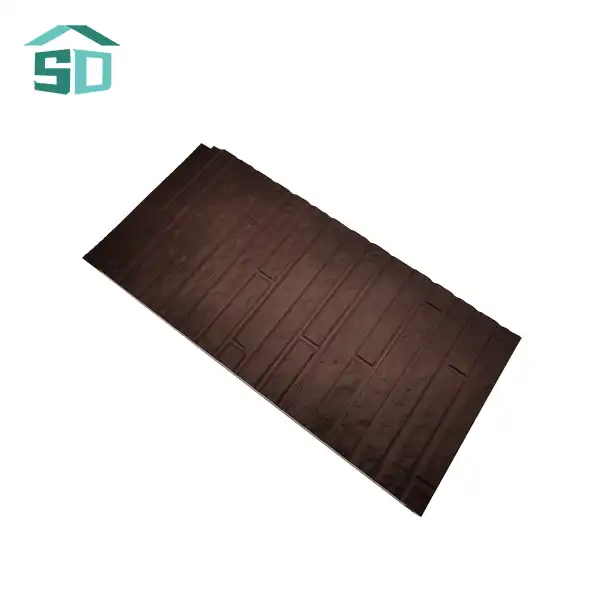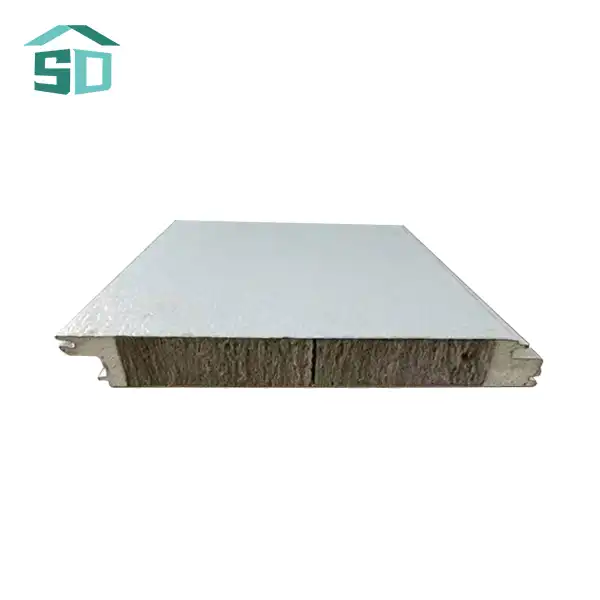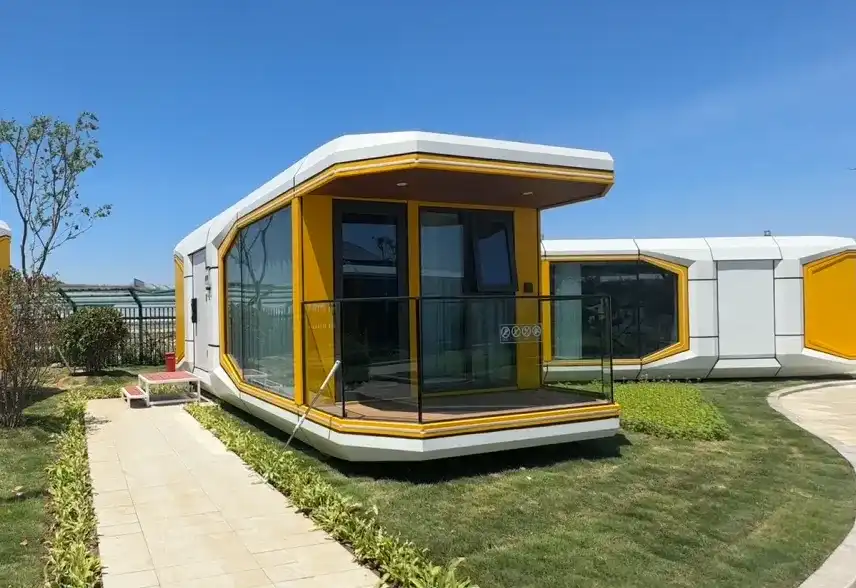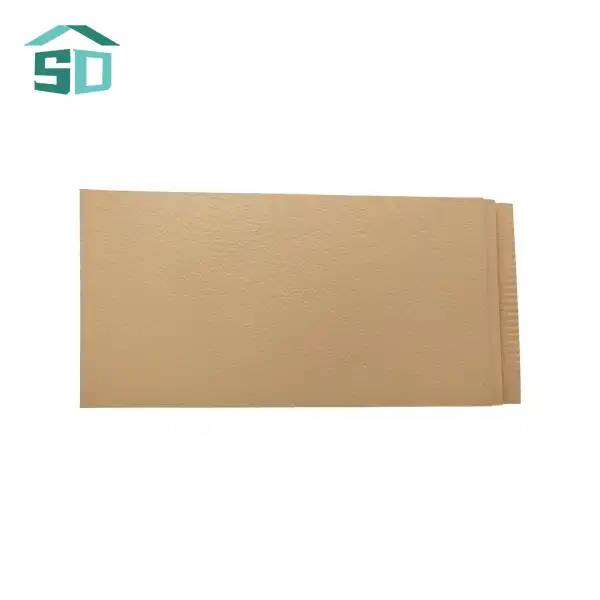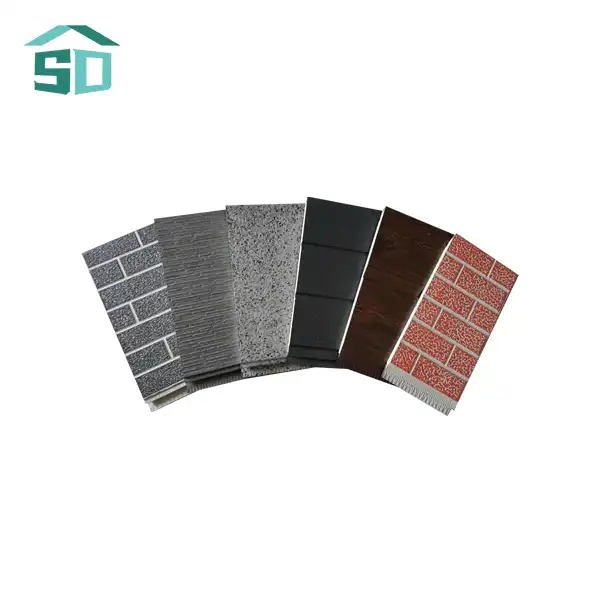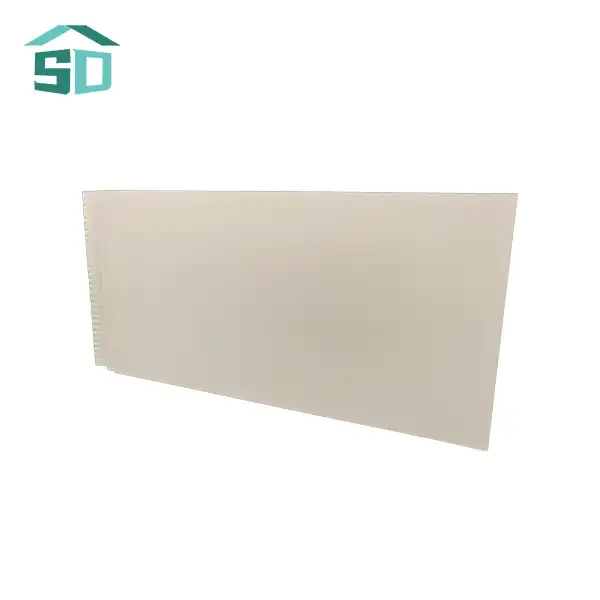Enhanced Durability and Weather Protection
Resilience Against Harsh Elements
External wall cladding serves as a robust shield for your building's exterior, delivering unmatched protection against nature's harshest elements. Engineered to resist damage from UV rays, heavy rainfall, wind, and environmental pollutants, high-quality cladding materials like aluminum, steel, stainless steel, and copper significantly extend the life of the building envelope. This enhanced durability leads to fewer repairs, reduced maintenance requirements, and long-term cost savings for both commercial and residential property owners.
Moisture Management and Corrosion Resistance
One of the primary functions of external wall cladding is to manage moisture effectively. By creating a barrier between the building's structural components and external moisture, cladding prevents water ingress and the subsequent damage it can cause. This is particularly crucial in areas prone to high humidity or frequent rainfall. Moreover, materials like aluminum and stainless steel offer excellent corrosion resistance, maintaining their integrity and appearance even in challenging environmental conditions.
Temperature Fluctuation Mitigation
External wall cladding also plays a critical role in countering the effects of daily and seasonal temperature changes on a building's structural integrity. Acting as an extra insulating layer, cladding helps to keep indoor temperatures stable, reducing the expansion and contraction stress placed on building materials. This not only increases comfort for occupants by keeping interiors warmer in winter and cooler in summer but also minimizes wear and tear, thereby extending the building's overall lifespan.
Energy Efficiency and Thermal Comfort
Superior Insulation Properties
Modern external wall cladding systems often incorporate advanced insulation materials such as polyurethane, polystyrene, rock wool, or glass wool. These high-performance materials greatly enhance a building's thermal efficiency, helping to maintain stable indoor temperatures throughout the year. This results in a more comfortable living or working environment, regardless of seasonal weather changes. By effectively reducing heat transfer, these insulation systems also lessen the strain on HVAC equipment, improving energy efficiency and occupant comfort.
Reduction in Energy Costs
The improved thermal insulation offered by external wall cladding translates directly into noticeable energy savings. By keeping interior spaces cooler in summer and warmer in winter, buildings require less energy for heating and cooling. This reduction in HVAC usage leads to lower monthly energy bills and long-term operational cost savings. Beyond financial benefits, decreased energy consumption also reduces the building's overall carbon footprint, supporting environmental sustainability and compliance with energy efficiency standards.
Improved Acoustic Performance
Beyond thermal insulation, external wall cladding also contributes to superior acoustic control. The added layers and insulation materials act as an effective sound barrier, reducing the transmission of external noise into the building's interior. This is especially beneficial in busy urban areas, near main roads, or industrial zones, where noise can disrupt daily activities. A quieter indoor environment not only enhances comfort but can also boost productivity and overall occupant well-being.
Aesthetic Versatility and Property Value Enhancement
Customizable Design Options
External wall cladding offers an extensive range of design possibilities, allowing property owners to personalize their building's appearance. With a wide array of colors, textures, and finishes available, cladding can dramatically transform the look of a structure. From sleek, modern aesthetics to traditional, rustic appearances, the versatility of cladding materials enables architects and designers to create truly unique and visually striking facades.
Low Maintenance and Long-lasting Beauty
Modern external wall cladding materials are designed for durability and ease of maintenance. Unlike traditional building exteriors that may require frequent painting or repairs, high-quality cladding retains its appearance with minimal upkeep. This not only saves time and money on maintenance but also ensures that the building maintains its aesthetic appeal for years to come, contributing to sustained property value.
Increased Property Value and Market Appeal
The installation of external wall cladding can significantly enhance a property’s market value and overall appeal to both buyers and tenants. Its combination of improved energy efficiency, reduced maintenance needs, and striking aesthetic upgrades makes buildings more desirable and competitive in the real estate market. In areas where appearance and sustainability are key selling points, the clean, modern look and long-lasting performance offered by quality cladding can play a decisive role, helping properties stand out and command higher prices.
Conclusion
External wall cladding offers a comprehensive solution for enhancing building exteriors, combining functionality with aesthetic appeal. From improved durability and weather resistance to enhanced energy efficiency and customizable designs, the benefits of external wall cladding are manifold. As building owners and architects increasingly prioritize sustainability, longevity, and visual impact, external wall cladding stands out as a smart investment for both new constructions and renovations.
For those looking to elevate their building's performance and appearance with high-quality external wall cladding solutions, Weifang Sandong Building Materials Co., Ltd. offers a wide range of options tailored to meet diverse project requirements. To learn more about our products and how they can benefit your next construction or renovation project, please contact us at info@sdqsc.com.
References
1.Ganiron Jr, T. U. (2014). Investigation on the use of wall cladding for sustainable building facade. International Journal of Advanced Science and Technology, 68, 33–46.
2.Shi, X., Xie, N., Fortune, K., & Gong, J. (2012). Durability of steel‐based cladding systems for building envelopes. Journal of Materials in Civil Engineering, 24(10), 1261–1270.
3.Branco, F. G., & Guerreiro, L. (2011). Structural performance of external thermal insulation composite systems (ETICS) for building facades. Construction and Building Materials, 25(2), 775–782.
4.Nahar, A., & Uddin, M. (2020). Acoustic and thermal insulation performance of external wall cladding materials. Journal of Building Engineering, 29, 101159.
5.Asdrubali, F., D’Alessandro, F., & Schiavoni, S. (2015). A review of unconventional sustainable building insulation materials. Sustainable Materials and Technologies, 4, 1–17.
6.Berg, A., & Fedorik, F. (2018). The impact of architectural cladding on property value and market appeal. Journal of Real Estate Research, 40(3), 475–495.
